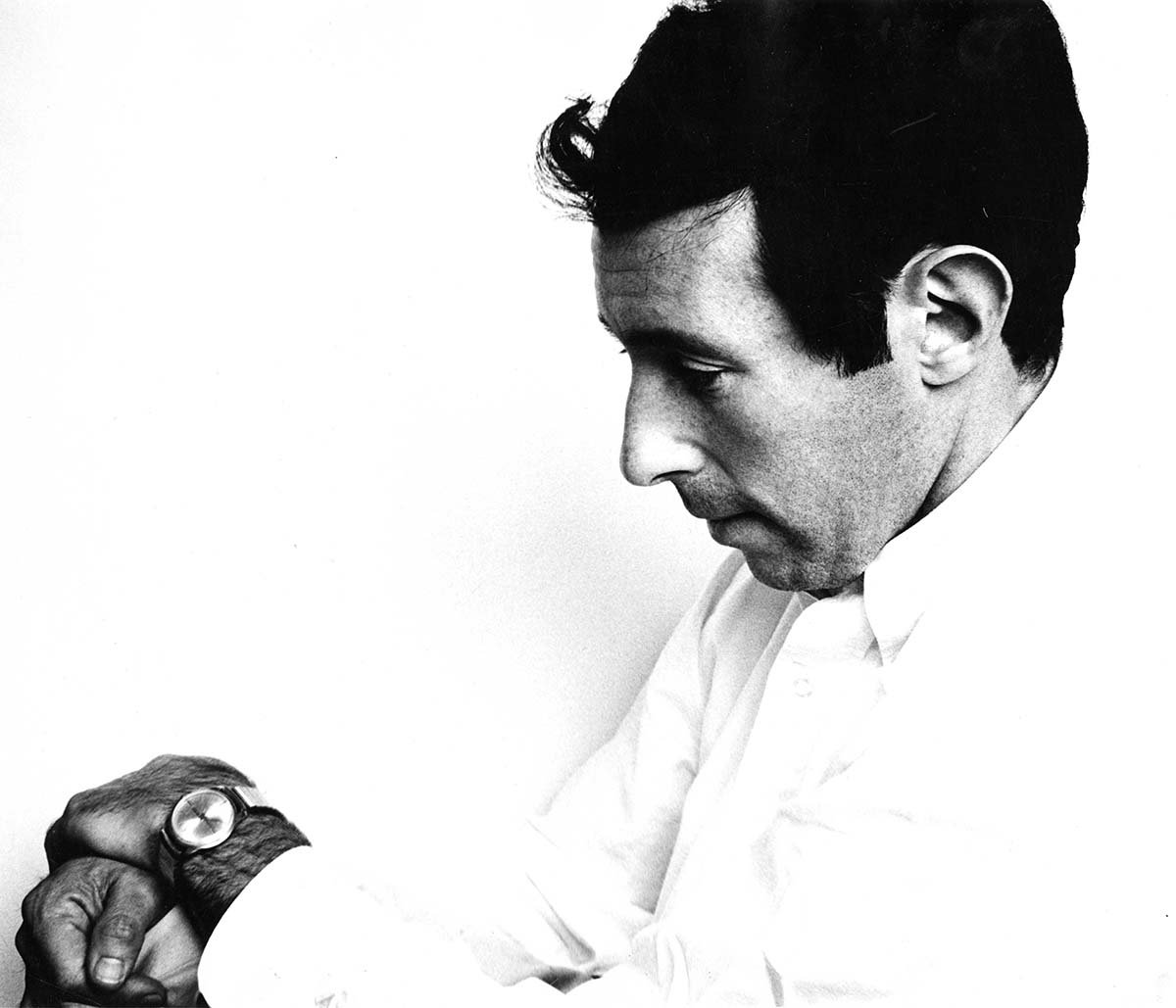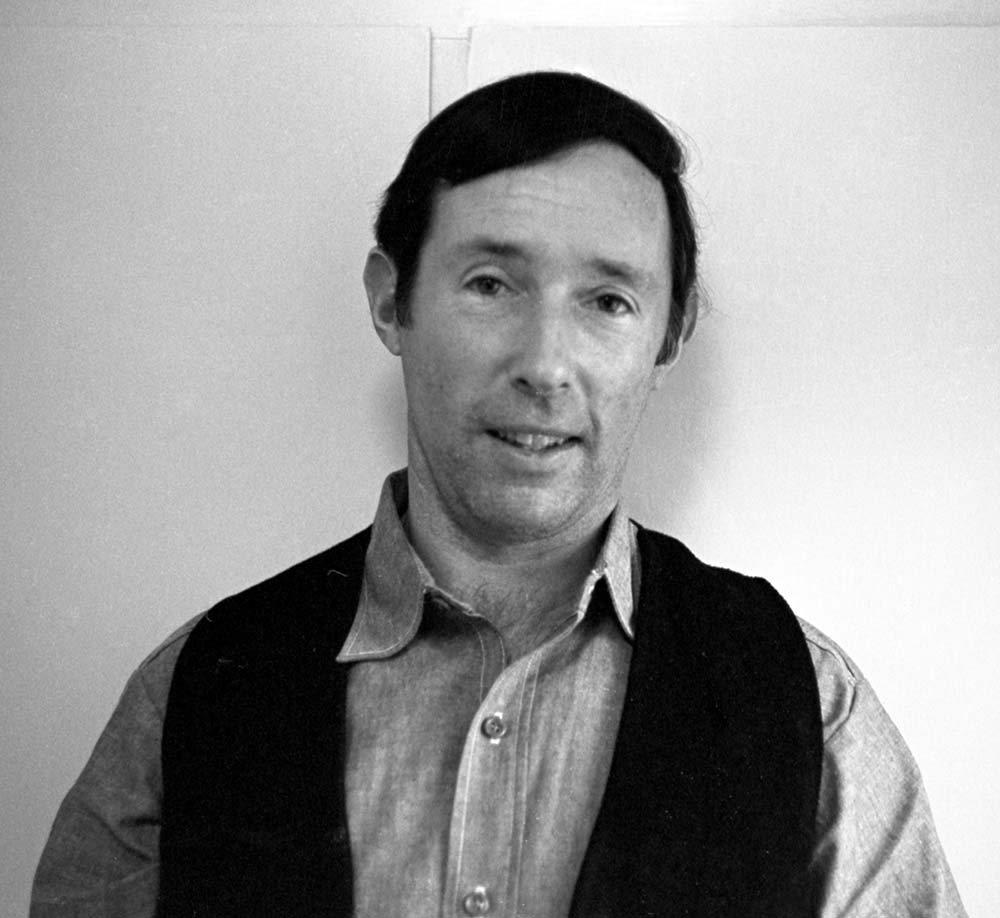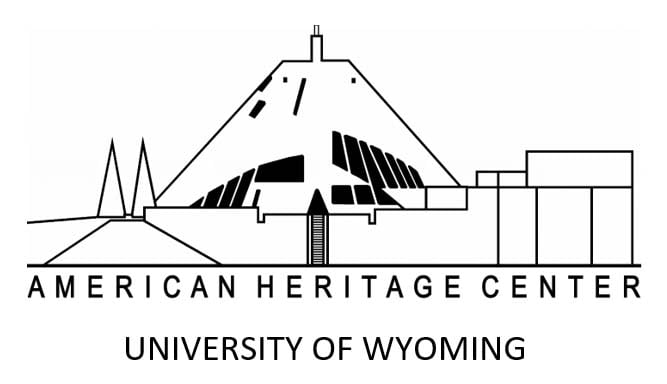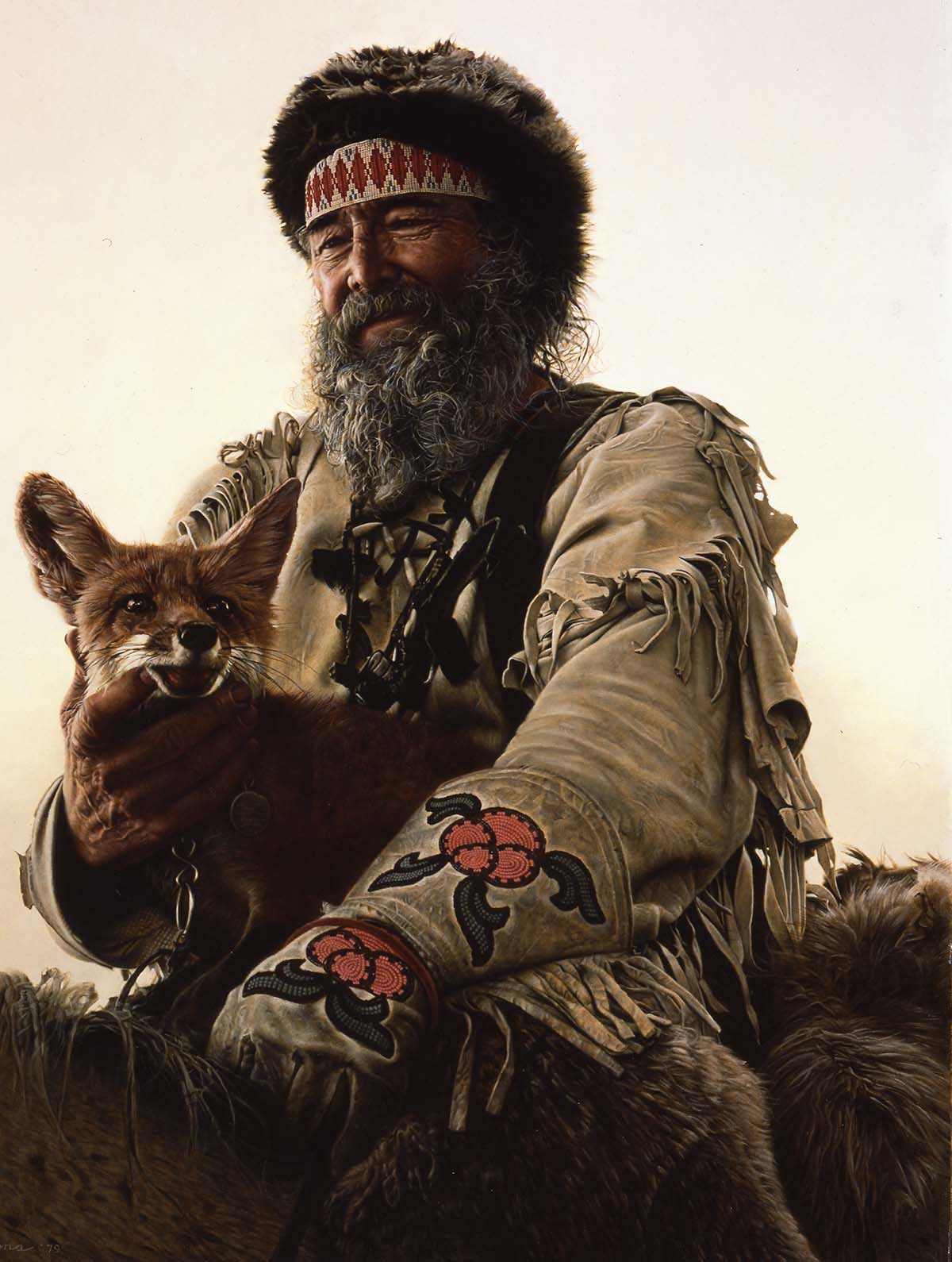
A special exhibition at the Center of the West
October 21, 2023 - August 4, 2024
Are Westerners different from people on the East Coast? What are their defining stories? How do they express their identities through dress, performance, and work? What are some of the ways they perpetuate the myths and realities of the West?
When illustrator and artist James Bama moved from New York to Wyoming in 1968, he began a decades-long project to understand the West by making photographs and paintings of his new friends and neighbors. Although Bama was best known for his highly detailed and realistic illustrations and paintings, photographs were the foundation of his imagery.
On October 21, the Buffalo Bill Center of the West debuted the new special exhibition James Bama’s Photographs: Portraits of the West. Photographed mostly in the 1970s and ‘80s, Bama’s images reveal a complex view of western America through portraits of diverse and fascinating people. The exhibition highlights old-timers, children, rodeo performers, reenactors, Native activists, powwow dancers, ranchers, and outfitters through Bama’s lens.

All images from our McCracken Research Library’s MS 243 James Bama Collection, Buffalo Bill Center of the West.
A video introduction to the exhibition
Susan Barnett, the Margaret and Dick Scarlett Curator of Western American Art for our Whitney Western Art Museum, gave a short introduction to James Bama’s work and James Bama’s Photographs: Portraits of the West at the special exhibition’s preview event on October 20, 2023.
Watch the video to see it!
Photographs were the first step in Bama’s work process, both as an illustrator and as an artist.
Bama worked with his subjects to try various poses, clothing and accessories, backgrounds, props, and compositions, sometimes in a single session, sometimes over many years.
After selecting an image to paint, he worked out the composition on tissue paper and in small color studies. He often worked with a large photo beside his painting easel, and small duplicate so he could see both the big picture and the details.
Here is Bama’s photo and painting of Timber Jack Joe and his fox. P.243.50345 & 19.98.1



Bloomberg Connects app
To hear more audio clips from Rick Williams, James Bama, and others, download the Bloomberg Connects app and browse through the Bama exhibition.
James Bama’s Photographs: Portraits of the West
This exhibition runs from October 21, 2023–August 4, 2024, at the Center of the West, and November 13, 2023–April 10, 2024, at the American Heritage Center in Laramie, showcasing more than 120 distinct photographs between the two presentations. Each exhibit fills in the details of their visual exposition differently, weaving together a thematic framework with distinctive selections. The result? A powerful visual conversation about Bama’s maturing vision of the West.









